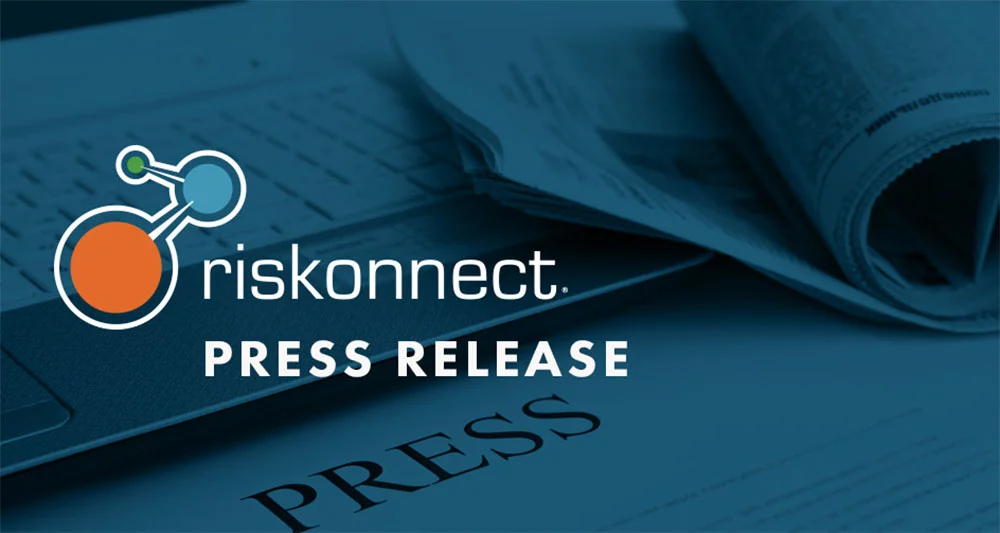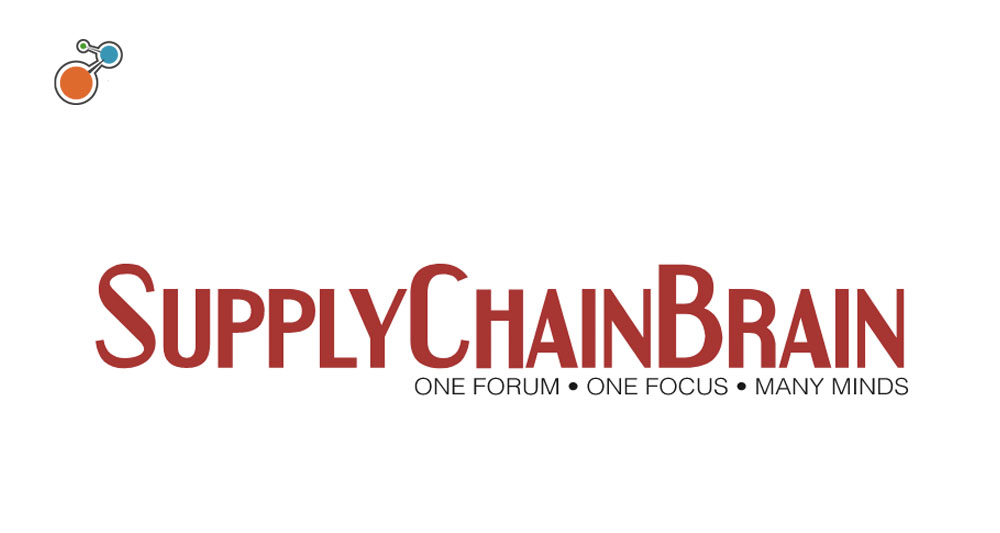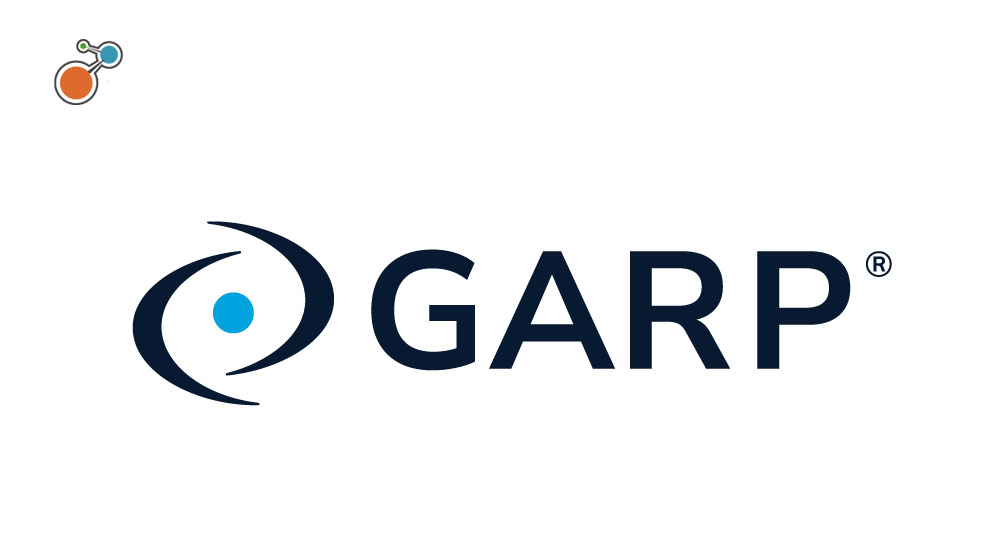PropertyCasualty360, October 19, 2023
“Generative AI is taking off at lightning speed and ushering in a new wave of business risks. Our research shows that most companies have been slow to respond, which creates vulnerabilities across the enterprise,” Jim Wetekamp, CEO of Riskonnect, said in a release.
Nearly every company recognizes potential risks surrounding the use of generative AI, yet only 9% feel prepared to manage them. Further, just 17% of risk and compliance leaders have formally trained or briefed their organization on the risks associated with generative AI, according to a Riskonnect survey of risk and compliance professionals.
Data privacy and cyber are the areas that cause the most worry around generative AI use. Some 65% of survey respondents said it was their top concern. Around 60% of respondents said they are concerned about employees making decisions based on bad information, while 55% are vexed by the possibility of employees misusing generative AI. Threats to copyright and intellectual property as well as discrimination risks were also cited among the top five concerns around generative AI.
According to Riskonnect, most companies are taking a wait-and-see approach to AI risks. However, given technology’s rapid adoption rate — gen AI is expected to reach 77.8 billion people in the next year — companies need to ditch that way of thinking as soon as possible.
“Generative AI is taking off at lightning speed and ushering in a new wave of business risks. Our research shows that most companies have been slow to respond, which creates vulnerabilities across the enterprise,” Jim Wetekamp, CEO of Riskonnect, said in a release. “The rise of generative AI is the latest example of how quickly today’s risk landscape evolves. We’ve officially entered a new generation of risk.”
While generative AI gets a lot of buzz and causes quite a bit of worry, labor market dynamics are the biggest concerns among risk and compliance professionals, Riskonnect found.
Half of the professionals surveyed said talent shortages and layoffs are the biggest risk drivers their organization faces. Riskonnect reported that 68% of organizations face a higher risk of having a cybersecurity issue because of skill shortages.
Further, 85% of companies reported being affected by labor shortages and half of businesses said labor challenges have had a “significant or severe” impact on their company.
Trailing close behind labor challenges as leading risk drivers were the current economic environment and ransomware and security breaches, Riskonnect reported.
Read the full article in PropertyCasualty360.>>





